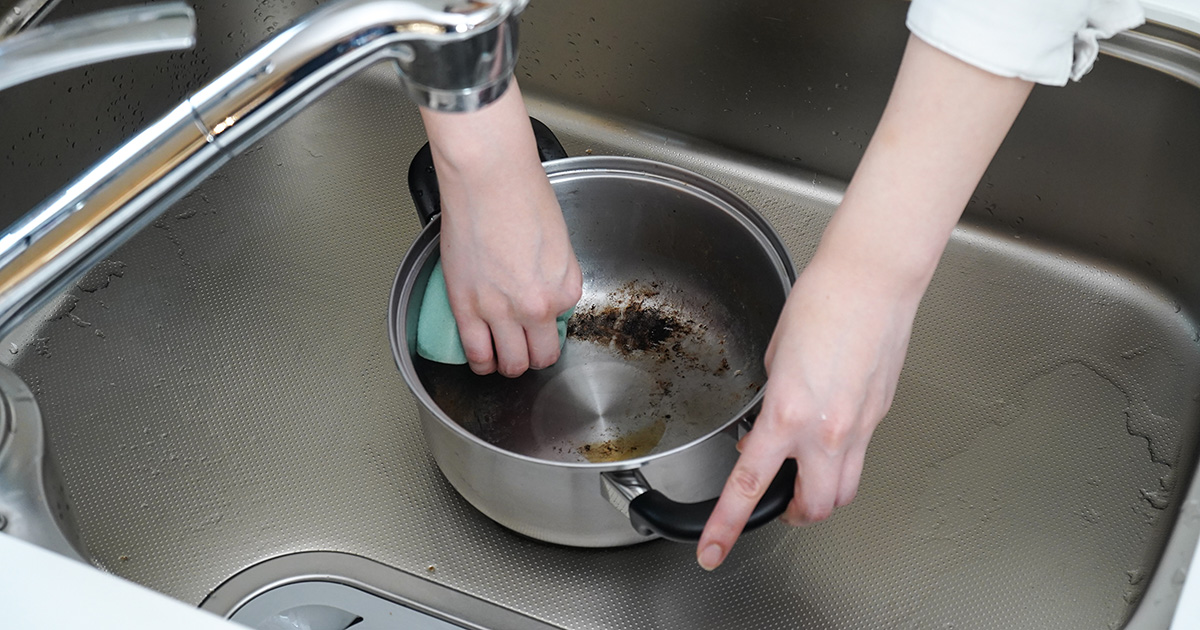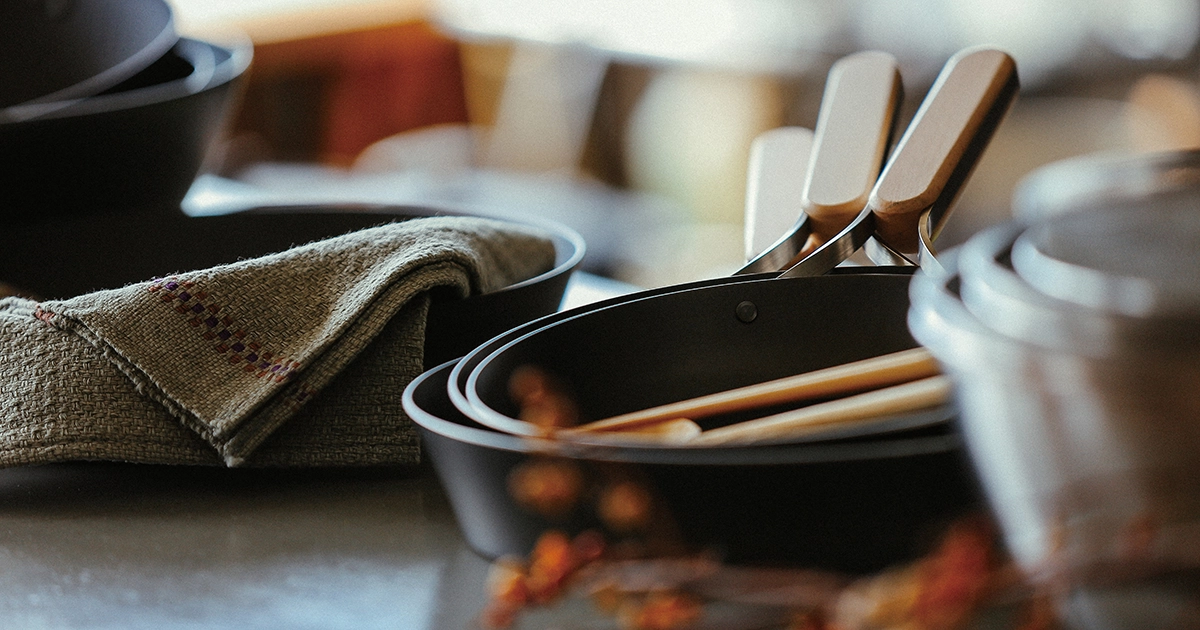Column
 Learn how to avoid shortening your frying pan’s lifespan
Learn how to avoid shortening your frying pan’s lifespan
The lifespan of a frying pan depends on how you use it. In this guide, the manufacturer clearly explains common mistakes that shorten its life — such as using high heat or dry heating — as well as how to tell when it’s time to replace your pan and the proper care methods to make it last longer.
 How to Remove Burnt Residue from a Stainless Steel Pot
How to Remove Burnt Residue from a Stainless Steel Pot
In this article, we will explain how to remove burnt residue from stainless steel pots. We will also cover how to deal with discoloration, which often occurs with stainless steel cookware. By learning the correct cleaning methods, we hope you’ll be able to use your stainless steel pots for many years to come.
 A Tasty Way to Get More Iron? Try Cooking with Cast Iron!
A Tasty Way to Get More Iron? Try Cooking with Cast Iron!
Boiling water in an iron kettle releases iron, making the water smoother. An experiment compared an iron wok and a fluororesin-coated aluminum pan. Boiling water in the iron wok showed 0.05 mg of iron per 100 mL, while none was detected in the aluminum pan. Cooking shrimp chili in the iron wok resulted in 5.7 mg of iron per 100 g, compared to 0.2 mg in the aluminum pan. This demonstrates significant iron release from the iron cookware, suggesting that using an iron pan can help increase iron intake.
 How to Use and Care for an Iron Pan
How to Use and Care for an Iron Pan
Using an iron pan improves its ability to absorb oil and reduces sticking. Even if it rusts or burns, you can restore it by removing the residue and re-seasoning. Iron pans have excellent heat conductivity, making stir-fried dishes crisp and grilled dishes savory. They are durable, resistant to scratches, and can be used with metal utensils. Proper care involves oil seasoning before use and avoiding detergent when cleaning. Regular maintenance ensures the pan remains effective for many years.
